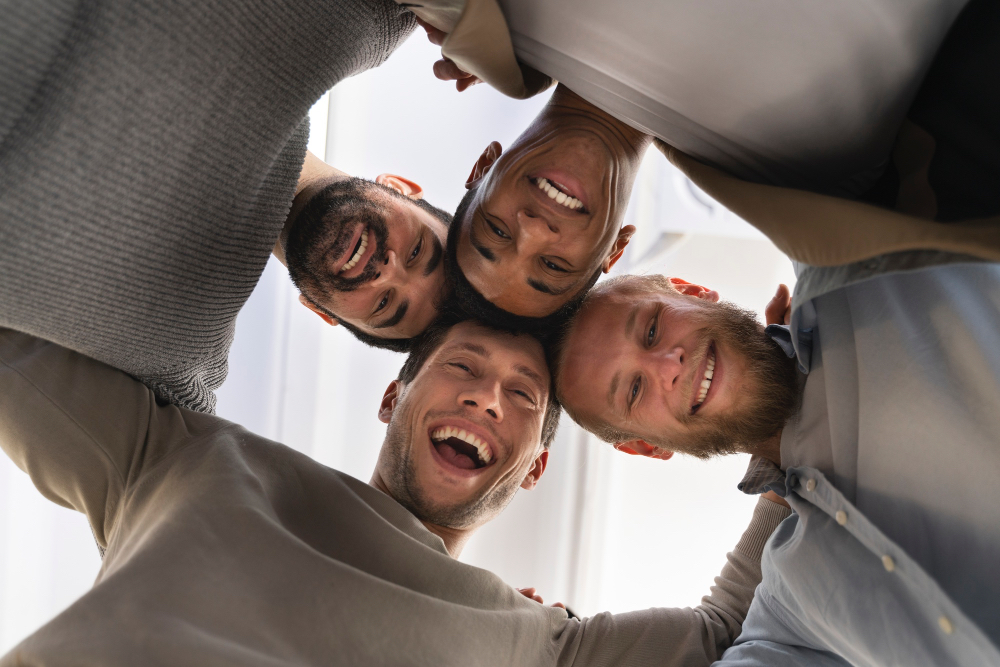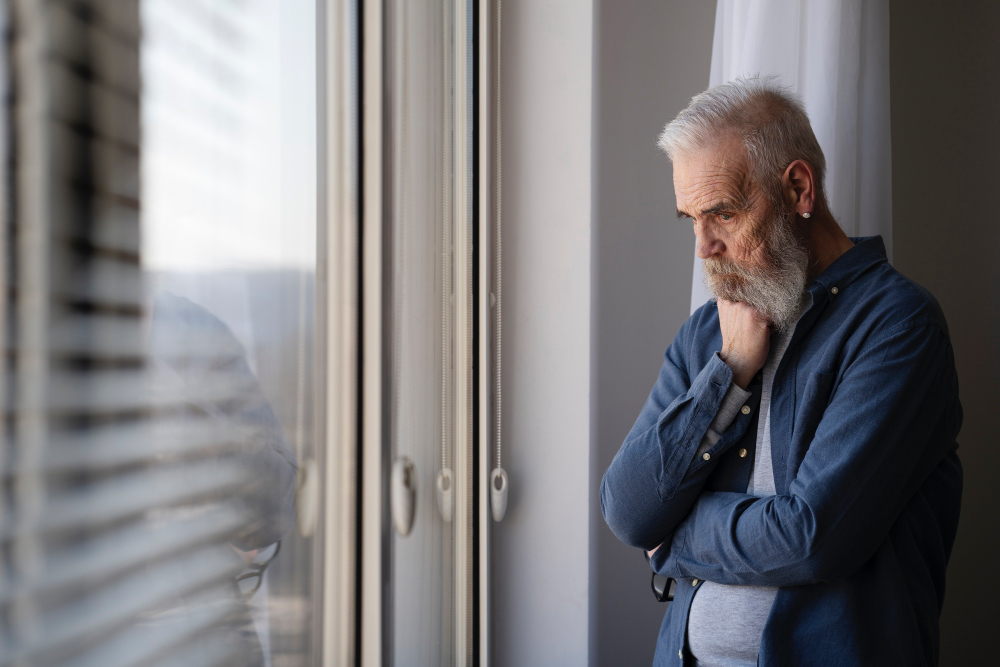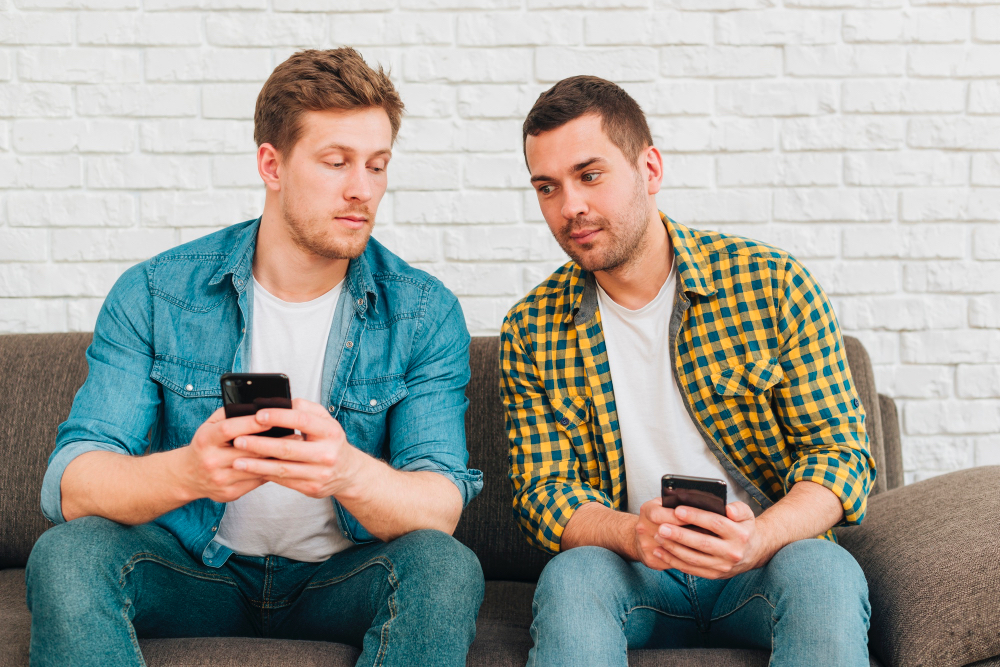Unlearning Shame: Healing Relationship Patterns Rooted in Internalized Homophobia
This blog explores how internalized homophobia can quietly shape the way gay men experience love, intimacy, and connection. It emphasizes that healing these patterns through compassion and self-acceptance allows for more authentic, fulfilling relationships.

As a gay therapist, I often meet men who come to therapy feeling frustrated about their relationships. They want closeness but keep finding themselves in patterns that lead to distance, conflict, or disappointment. What many don’t realize at first is that these struggles often trace back to something deeper—internalized homophobia.
Even if we’ve come out, found community, or embraced our sexuality, the early messages we absorbed about being gay don’t just disappear. Growing up in a world that stigmatizes queerness leaves an emotional imprint. We might carry old shame, fear, or self-doubt into adulthood without realizing how much it shapes our love lives. Maybe we find it hard to fully trust a partner or to let someone see us as we are. Maybe we pull away when things start to feel too intimate, or we chase people who aren’t emotionally available. Sometimes, we look for validation through sex, attention, or achievement instead of connection.
These behaviors aren’t evidence that something is wrong with us. They’re protective patterns we developed long ago to stay safe in a world that didn’t fully accept us. The problem is that those same strategies—keeping emotional distance, hiding vulnerability, trying to prove our worth—can quietly erode our relationships as adults.
Internalized homophobia often shows up as fear of being too open, too loving, or too “gay.” It can make tenderness feel risky. We might judge our partners harshly for qualities we’ve disowned in ourselves. Or we might confuse intensity with intimacy, mistaking chemistry for connection because real vulnerability feels unfamiliar.
Healing begins with compassion. When we start to notice these patterns without judgment, we open the door to understanding ourselves in a new way. Therapy can be a space to explore where the shame came from, to challenge those old voices that say we’re not enough, and to learn to extend the same love inward that we so freely offer others. Over time, this work helps us show up more authentically in relationships—able to communicate needs, express affection, and receive love without fear.
Every gay man carries a story shaped by the world he grew up in. Healing from internalized homophobia isn’t about perfection or “fixing” ourselves—it’s about learning to love from a place of wholeness. When we stop fighting parts of ourselves, we create space for deeper, more fulfilling connections. That’s the beauty of this work: the more we reclaim who we are, the more we’re able to love and be loved freely.



